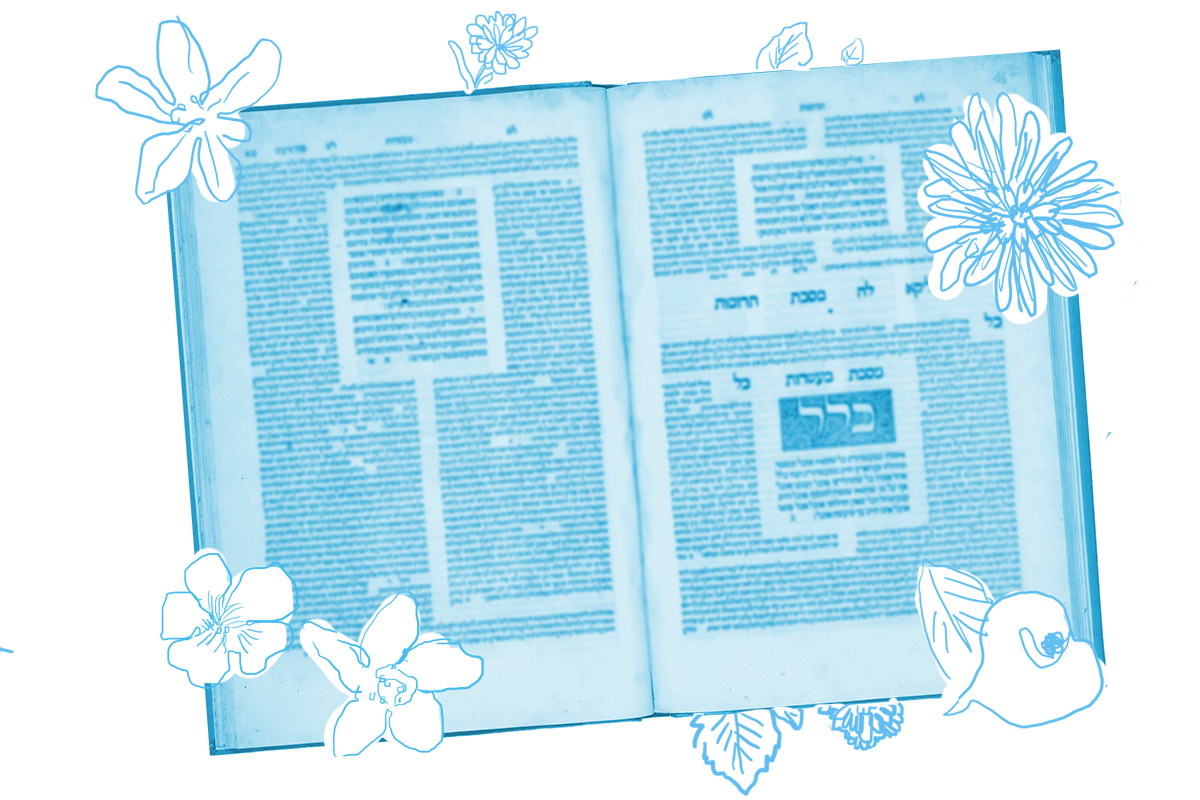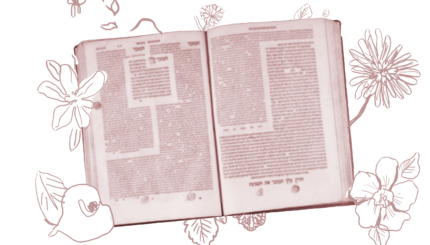If one ate an ant, he is flogged with five sets of lashes.
If one ate a hornet, he is flogged with six sets of lashes.
One might suppose eating the ant or the hornet would be punishment enough. What is going on here?
In discussing the prohibition on benefiting from hametz after the deadline for its destruction, the Gemara has occasion to discuss other things that may not be eaten — including some rather unpleasant critters.

Help us keep Jewish knowledge accessible to millions of people around the world.
Your donation to My Jewish Learning fuels endless journeys of Jewish discovery. With your help, My Jewish Learning can continue to provide nonstop opportunities for learning, connection and growth.
For the record, one who eats a small, vaguely amphibious creature (putita) receives four sets of lashes because the Torah forbids its consumption four times: Leviticus 11:43 twice forbids eating swarming things, Leviticus 11:10–11 forbids fish that don’t have fins and scales and Deuteronomy 14:10 likewise forbids water creatures without fins and scales.
In the case of an ant, the rabbis identify five times that its consumption is forbidden in the Torah, including the two aforementioned prohibitions on swarmers and three on creepers (Leviticus 11:41, 11:42, and 11:44).
Finally, in the case of the hornet — you guessed it — we can identify six times the Torah labels it a non-edible: all five counts that apply to the ant apply equally to the hornet, which is also known to creep along the ground, and additionally Deuteronomy 14:19 forbids flying insects.
I daresay that for those who follow rabbinic law it’s not too difficult to comply with these prohibitions. But why the steep punishments?
It all has to do with rabbinic understanding of the Torah’s language. It is assumed that if the Torah states a prohibition more than once, the additional statement confers additional meaning. In the larger argument of this tractate, the focus is on the prohibition against consuming hametz which, stated more than once, is understood to mean there is a prohibition on benefiting from hametz as well. But in the case of these insects, we see a different approach — the multiple prohibitions are interpreted as a sign that multiple disciplinary actions are required.
But if multiple iterations of a Torah prohibition are understood to confer either multiple punishments or multiple kinds of prohibitions, the rabbis also do not wish to read additional prohibitions into verses that do not state them explicitly. This applies to one of the most famous of all Torah prohibitions, that against cooking a kid in its mother’s milk — the reason that modern day kosher Jews do not eat dairy and meat together in the same meal. Look critically at the cited verses when you read this next snippet from today’s daf:
Isi ben Yehuda says: From where is it derived that it is prohibited to eat meat that has been cooked in milk? It is stated here: “For you are a sacred people unto the Lord your God. You shall not cook a kid (baby goat) in its mother’s milk.” (Deuteronomy 14:21) And it is stated there: “And you shall be sacred men unto me; therefore you shall not eat any flesh that is torn of beasts in the field (tereifa); you shall cast it to the dogs.” (Exodus 22:30) Just as there, with regard to a tereifa, it is prohibited to eat it, so too here, with regard to meat in milk, it is prohibited to eat it.
Here’s the problem: The rabbis know that it is forbidden to eat a kid cooked in its mother’s milk, but the verse in Deuteronomy actually only forbids cooking a kid in its mother’s milk. So how do we know that eating is also forbidden?
Isi ben Yehuda uses a technique of rabbinic interpretation common enough to have its own name: gezerah shavah. He notes that the word “sacred” is found not only in the kid-milk verse from Deuteronomy, but also in another verse from Exodus that forbids eating flesh torn from a living animal. The word common to both verses becomes an interpretive tool to draw another connection between them as well. Since Exodus forbids the consumption of tereifa, Deuteronomy must similarly forbid the consumption of kid-milk stew. Like the kal v’chomer technique we explored last week, the gezerah shavah is just one more tool in the large rabbinic arsenal of interpretive techniques that can be applied to the text of the Torah to derive ever more meaning from its sacred words.
Read all of Pesachim 24 on Sefaria.
This piece originally appeared in a My Jewish Learning Daf Yomi email newsletter sent on December 15th, 2020. If you are interested in receiving the newsletter, sign up here.



